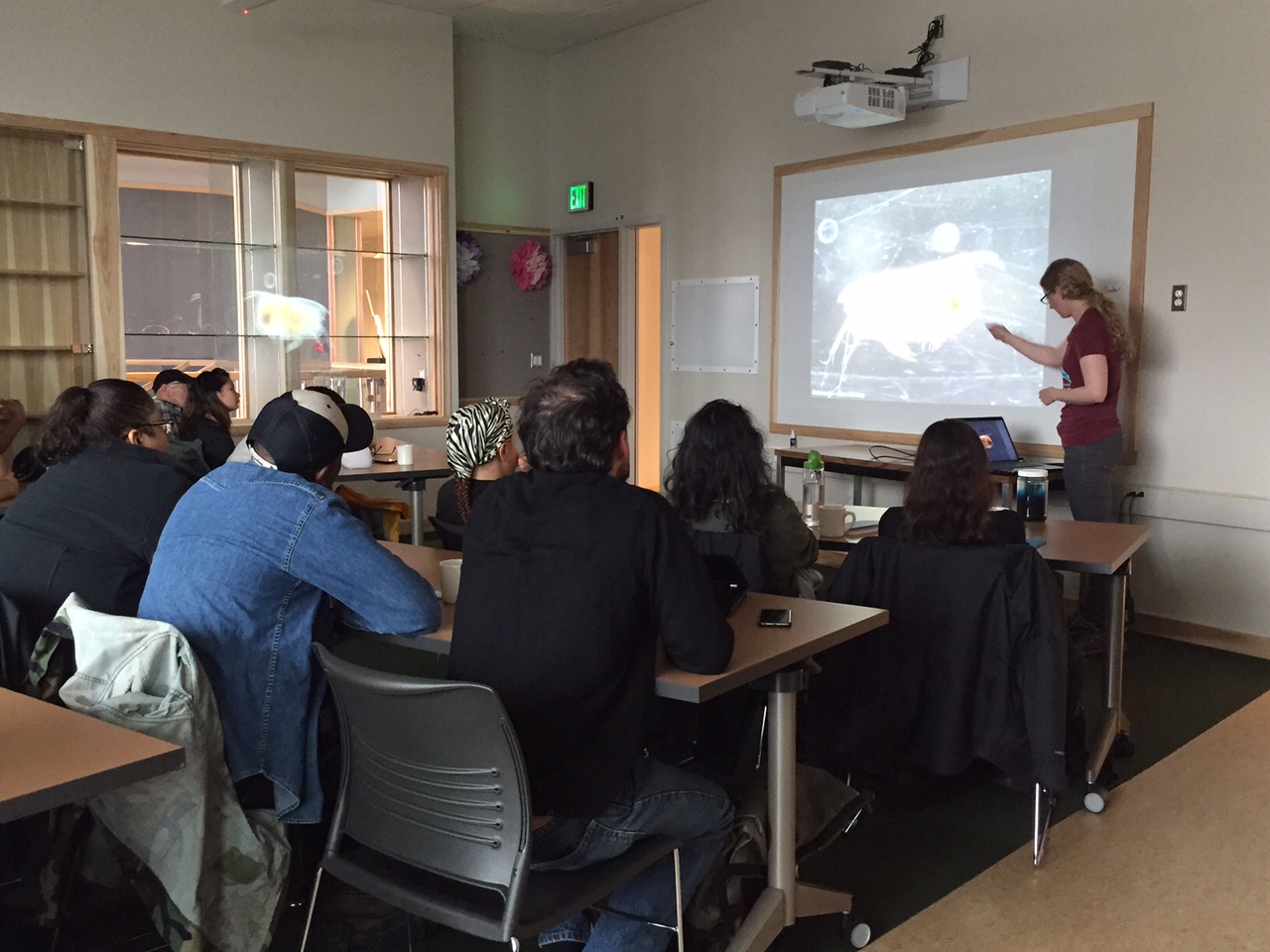PWSSC Studying Wild-Hatchery Salmon Interactions

The Prince William Sound Science Center (PWSSC) is now in its second year of a major contract from the Alaska Department of Fish and Game (ADFG) for a 4-year study entitled “Interactions of Wild and Hatchery Pink and Chum Salmon in Prince William Sound and Southeast Alaska.” The overarching questions that are being be addressed for the State of Alaska are:
(1) What is the extent and annual variability in straying of hatchery pink salmon in Prince William Sound (PWS) and chum salmon in PWS and Southeast Alaska (SEAK)?
(2) What is the impact on fitness (productivity) of wild pink and chum salmon stocks due to straying of hatchery pink and chum salmon in PWS and SEAK, respectively?
The PWSSC is engaged primarily in collecting the large amounts of field data to support scientific analyses to answer these questions. The study was designed, and continues to be guided, by a Science Panel organized by ADFG consisting of state, federal, NGO, and academic experts on salmon biology and management, genetics, hatchery issues, and experimental statistics.
According to PWSSC President Katrina Hoffman, the contract study will be organized into three projects: PWS stream sampling; PWS ocean sampling; and Southeast Alaska stream sampling. The Southeast Alaska stream sampling project is being subcontracted to the Sitka Sound Science Center. Dr. Eric Knudsen is the overall project manager and science coordinator, working under contract to the PWSSC.
Preliminary field work started in 2012 to test some field methods, but the larger effort is now underway and will continue through 2016. To achieve the scientific objectives, adult salmon are being sampled in about 65 streams two to three times in each spawning season and nine standard offshore PWS fishing sites are being sampled with a gillnet twice weekly from mid-May through early September. Bone and tissue samples will be collected from adult fish to identify their hatchery-wild origins and, in a subset of streams, their DNA signatures. The streams sampled for adult DNA will be resampled for their offspring alevin DNA in the spring to determine the relative reproductive success of the genetically identified hatchery and wild offspring.
Results from this study will help ADFG salmon managers make informed decisions about hatchery and wild salmon management.
For more information from the PWSSC, contact Katrina Hoffman at khoffman@pwssc.org or 907-424-5800.
For more information about the study, please refer to the salmon research page on PWSSCs web site.




